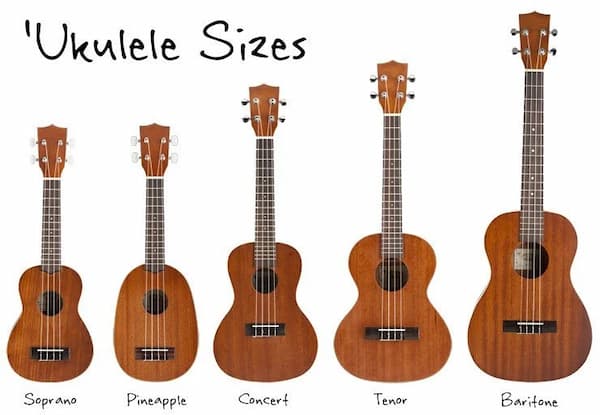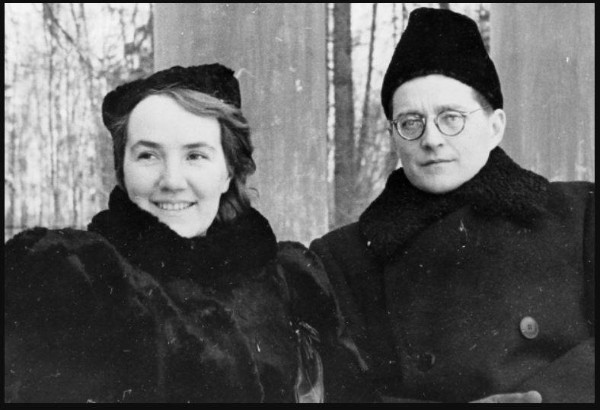Strum it, pluck it, or just hug it like a tiny guitar with big dreams. I am talking about the ukulele, a pint-sized hero among the instruments that is ready to steal your heart with its plinky charm.

It all started in the 19th century when Portuguese immigrants brought a small stringed instrument to Hawaii. This four-string wonder got a Polynesian upgrade and was called “ukulele,” possibly meaning “jumping flea” for its lively sound or nimble fingers.
From Hawaiian royalty jamming at luaus to its global takeover as a go-to for quirky cover songs and beachside shenanigans, the ukulele is proof that you don’t need size to make a mighty musical splash. May 2 has been designated as “National Play your Ukulele Day,” so what are you waiting for?
“Flowers of Paradise”
The Basics
The ukulele looks like a toy guitar with the body of a hollow peanut. The sound hole is more decorative than functional, and four nylon strings are stretched across a short neck. Tuning a ukulele takes a lot of patience and will test your ear’s ability to detect “close enough.”
The standard GCEA tuning requires you to twist these tiny pegs, and when you pluck one string, it sounds like a very sad cat. In terms of playing, there are basically two main methods of operation: strumming and picking. Strumming is just flicking your fingers across the strings, while picking involves plucking individual strings to play melodies.
John Lennon: Happy Xmas “War is over,” (arr. cello and ukulele) (Yo-Yo Ma, cello; Jake Shimabukuro, ukulele)
Pop Culture

The best part of playing the ukulele, according to some experts, is that no matter how badly you play, the sunny disposition of the instrument makes it sound like you meant to do that. The pop culture journey of the Ukulele started in the 1920s when the Hawaiian craze conquered Hollywood.
Fast forward to the 2000s, and the ukulele became the darling of indie artists and a global symbol for feel-good sincerity. YouTube stars played virtuoso transcriptions, proving that the instrument isn’t simply used for campfire sing-alongs. Even Billie Eilish flirted with it, because apparently, nothing says “moody Gen Z” like a tiny guitar.
“Canon in D” (Corey Fujimoto)
Classical Takes
The ukulele is not really a staple in orchestras, and you will be hard pressed to find a ukulele section next to the violins. However, it’s role in classical music comes through passionate players and clever transcriptions that push the instrument beyond its campfire stereotype. The bright and plucked tone lends itself surprisingly well to Baroque pieces, although I have yet to discover the minuet from the tiki bar.
Transcriptions are often simplified keyboard or guitar works, pieces that fit the ukulele’s limited range. A good many of these reworkings of Chopin’s preludes or Sor’s guitar studies require some creative fretwork and a lot of optimism.
Ukulele Serenade
In 1926, Aaron Copland composed his “Ukulele Serenade” for violin and piano. It’s a jazzy little number that pays homage to the ukulele craze sweeping Jazz Age America, without actually featuring a ukulele.
The violin lays down strumming pizzicato chords while the piano plays a syncopated hot-jazz groove in the manner of a ukulele. It even has quarter-tones that make the violin sound like it has one too many martinis. Dedicated to violinist Samuel Dushkin, it’s a four-minute joyride that proves that even a classical duo can get ready to hula.
The ukulele is the musical equivalent of a sunny vacation, with four strings of plucking joy that’s easy to play. The instrument simply says, “I am here to make you smile, whether you like it or not.” Think of it as the musical equivalent of a viral meme; small, shareable, and impossible to hate.
For more of the best in classical music, sign up for our E-Newsletter
Aaron Copland: “Ukelele Serenade” (Ursula Schoch, violin; Marcel Worms, piano)



